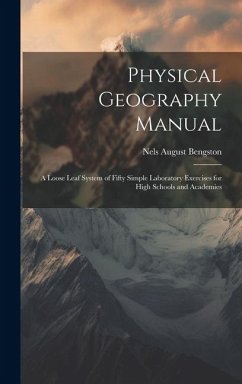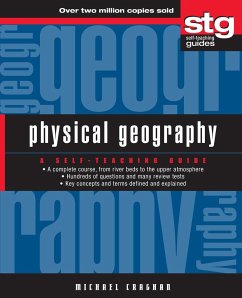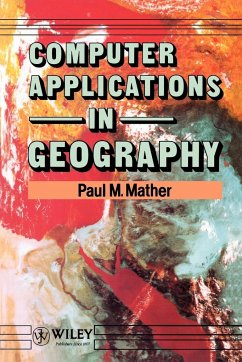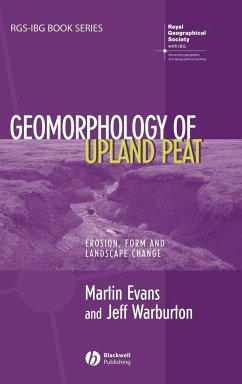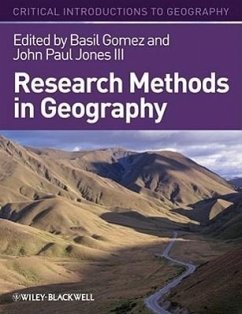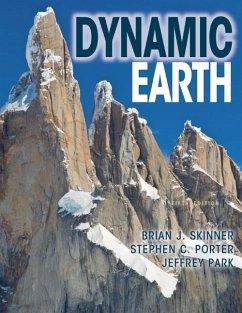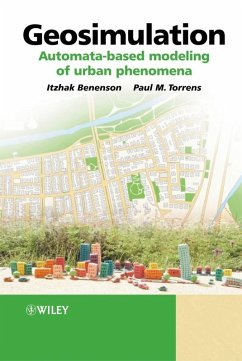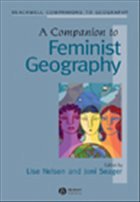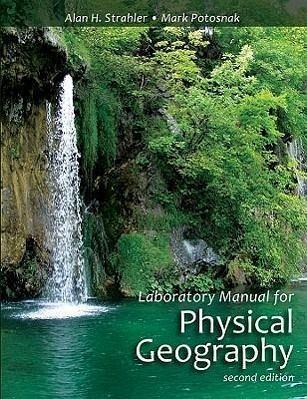
Laboratory Manual for Physical Geography
Versandkostenfrei!
Versandfertig in über 4 Wochen
92,99 €
inkl. MwSt.

PAYBACK Punkte
46 °P sammeln!
This student-friendly, interactive lab manual presents activities and experiments that enhance students' ability to both visualize and understand physical geographic topics. In a clear and concise tone, the manual requires students to first apply information they learned and then to critically evaluate the information.





